Biscayne By Dr. Jennifer McKinnon 25 May 2016
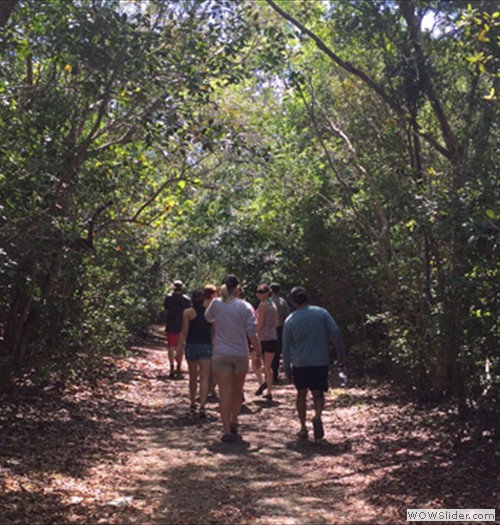 A trail through the center of Elliot Key (photo by J. McKinnon 2016).
A trail through the center of Elliot Key (photo by J. McKinnon 2016).
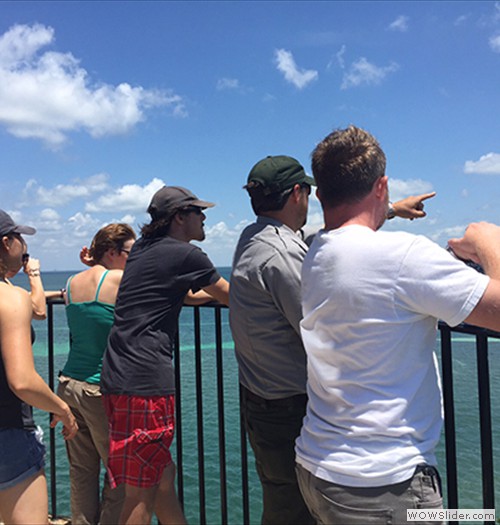 Atop the Boca Chita lighthouse (photo by J. McKinnon 2016).
Atop the Boca Chita lighthouse (photo by J. McKinnon 2016).
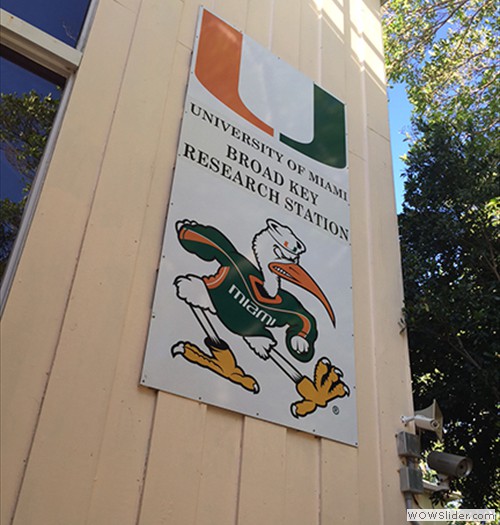 Broad Key Research Station (photo by J. McKinnon 2016).
Broad Key Research Station (photo by J. McKinnon 2016).
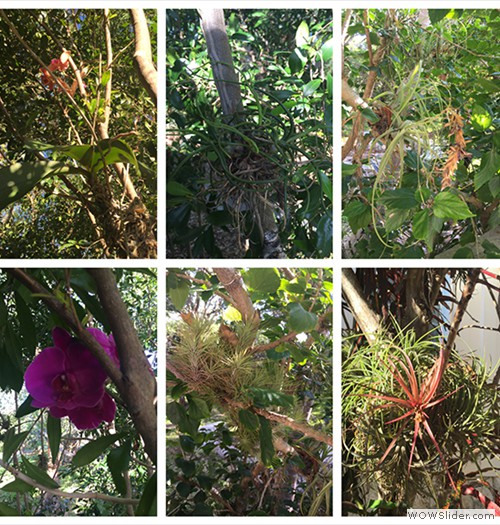 Air plants and orchids festooning the trees (photo by J. McKinnon 2016).
Air plants and orchids festooning the trees (photo by J. McKinnon 2016).
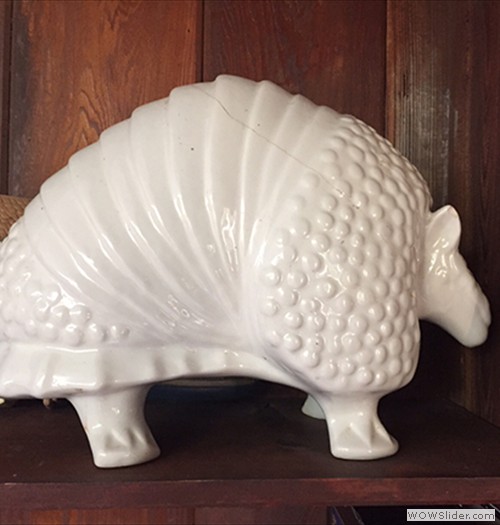 It ain't a Florida house without a ceramic armadillo (photo by J. McKinnon 2016).
It ain't a Florida house without a ceramic armadillo (photo by J. McKinnon 2016).
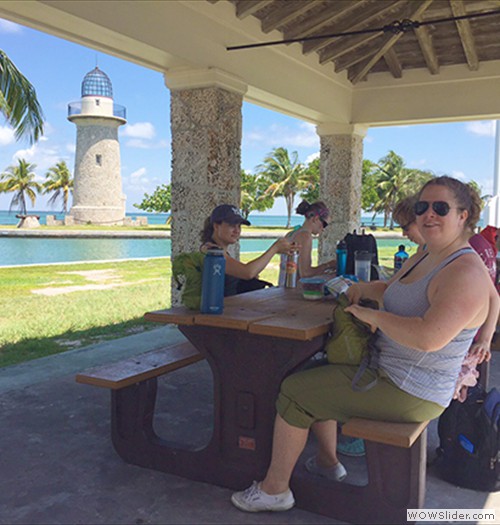 Nice lunch spot on Boca Chita Key (photo by J. McKinnon 2016).
Nice lunch spot on Boca Chita Key (photo by J. McKinnon 2016).
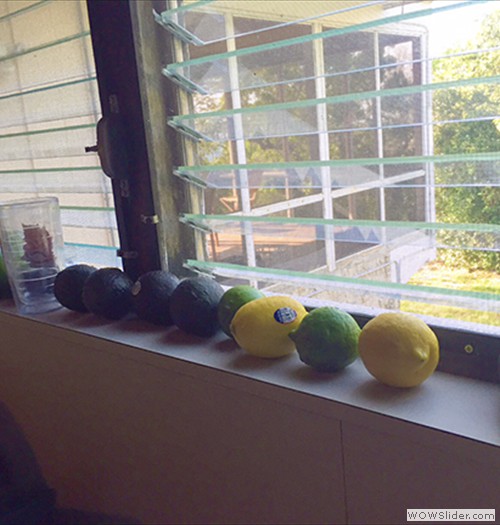 Scurvy be damned (photo by J. McKinnon 2016).
Scurvy be damned (photo by J. McKinnon 2016).
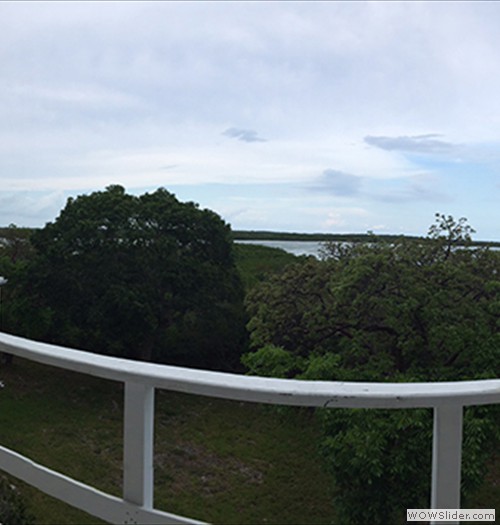 The view from the balcony of our rooms (photo by J. McKinnon 2016).
The view from the balcony of our rooms (photo by J. McKinnon 2016).
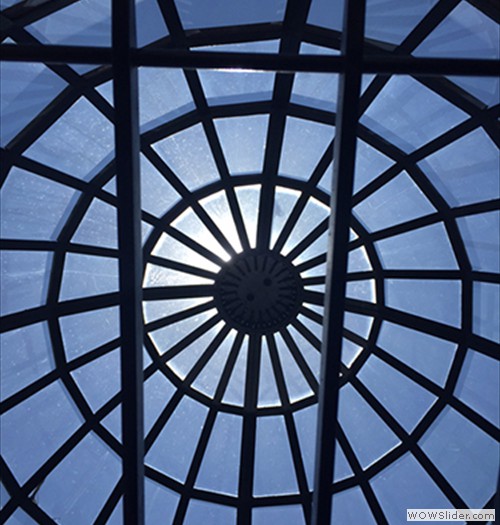 Through the lighthouse dome (photo by J. McKinnon 2016).
Through the lighthouse dome (photo by J. McKinnon 2016).
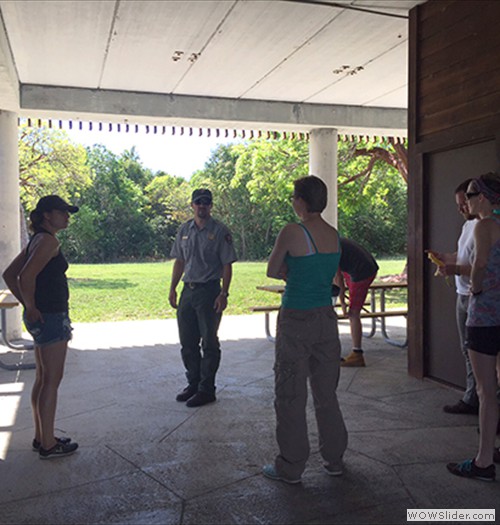 Tour of Elliot Key before the mosquitos hit (photo by J. McKinnon 2016).
Tour of Elliot Key before the mosquitos hit (photo by J. McKinnon 2016).
 Waiting for the weather to turn... (photo by J. McKinnon 2016).
Waiting for the weather to turn... (photo by J. McKinnon 2016).
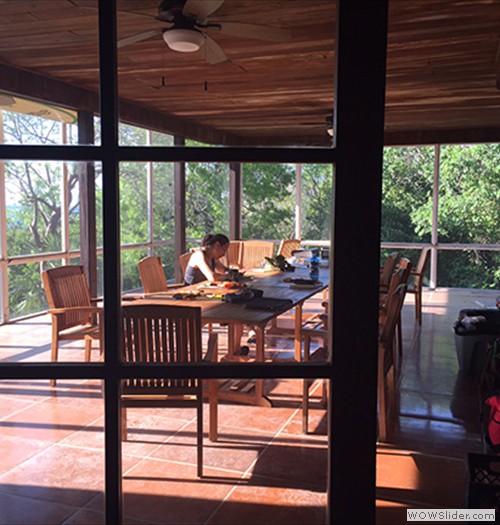 Wood panels and archaeology (photo by J. McKinnon 2016).
Wood panels and archaeology (photo by J. McKinnon 2016).
Bicayne National Park
Welcome to Biscayne National Park where we are conducting our annual summer field school. Biscayne has some amazing shipwrecks! Check out their shipwreck trail here. This is the second year we’ve worked with the Park and we hope to continue to build on our collaboration into the future. But for now, we have the chance to revisit the Pillar Dollar Wreck to excavate, for a second time, an 18th century wooden sailing ship. Setting up for field schools is always a bit nerve-wracking; it starts months in advance with the compiling of equipment lists, the purchasing of new equipment to replace broken or old equipment and the securing of permits to work in Park waters, among other tasks. Leading up to the final days, with the packing of trailers and the hooking up boats, all hands are on deck from graduate students, to the dive safety office, to the faculty and administration who oversee the operation. With everything set to go, we left Greenville, NC at 8am on Monday morning for someplace warmer and more tropical. In route we dropped off a toddler at nana and papa’s house (Hi Abe!) and stopped by our friends’ place, Chuck Meide and Brendan Burke, at the Lighthouse Maritime Archaeology Program in St. Augustine, FL. Chuck dazzled the students with a tour of the brand new museum exhibit on the Storm Wreck – a must see! And we settled in at the Conch House for happy hour, stories of past and future projects and an induction into the Cannon Finding Club (congrats Brendan on your recent find!). It’s always great to catch up with a fellow alumnus, Chuck (go FSU!).
Speaking of fellow alum, we picked up Tuesday morning and headed south to Homestead, FL meeting Charles (Chuck) Lawson, BNP Cultural Resources Manager, at the dock (go FSU!). The friends and colleagues you make in school are some of the best you will ever have! Chuck and Josh Marano (ECU alumnus) met us at the park and helped usher all of our belonging for three weeks to our accommodations offshore. This included groceries, clothes, sleeping gear, dive gear, archaeological survey gear, and just about everything else but the kitchen sink. We made it in one trip on two boats despite the impending thunderstorm looming overhead. We unpacked for the night and got to know our surroundings. This year we are staying in the University of Miami’s research station on Broad Key. The house is an amazing 1950s, Florida Keys lodge with gorgeous wood paneling and cut coral patios. It lives up to all of your dreams of tropical locations with air plants and orchids festooning the trees. Wildlife on the island include a cat named “cat” who is wild but finds his way into the house regardless of how well you lock it up, “Inga” the keeper’s black lab mix who greets you with a lick and tail wag and an active beehive on the path to the house (hopefully nobody is allergic because we are a 40-minute a boat ride away from assistance). I’m sure we’ll discover more as the weeks move along.
Many parts and pieces, paperwork and well-laid plans go into pulling off a safe and successful field school. And a little bit of luck always helps as we hope for calm seas…speaking of which…today was our first day on island and we were ready to hit the site. But the weather soured! All is not lost, however, as the park staff took us on a tour of the islands. We visited Elliot Key where we learned about mosquitos and the abysmal suffering the 2014 field school endured while living on the key for a month. If you are reading this 2014ers, I’m so sorry we couldn’t stay on Broad Key, please don’t look at any of the photos we post where people aren’t in full mosquito suits! Chuck explained the history of Elliot Key to us as we swiped away the mosquitos and we looked for Cuban chugs, which are Cuban refugee boats that wash ashore along the Keys on a regular basis. Running back to the boat to avoid the mosquitos, we ventured further along to Boca Chita Key. Boca Chita is the location of a resort-style property complete with a 65-foot ornamental lighthouse, all of which was built by Mark Honeywell (think air conditioning) in the 1930s and 40s as a summer vacation spot. Honeywell invited other affluent and wealthy friends to the island, throwing elaborate parties which included bringing elephants out to the island to give elephant rides. Today the key is only accessible by boat and is a popular picnic destination for locals in Miami. We concluded our tour and headed back to the house and are just waiting patiently for fair winds…wish us luck!
Previous Next

